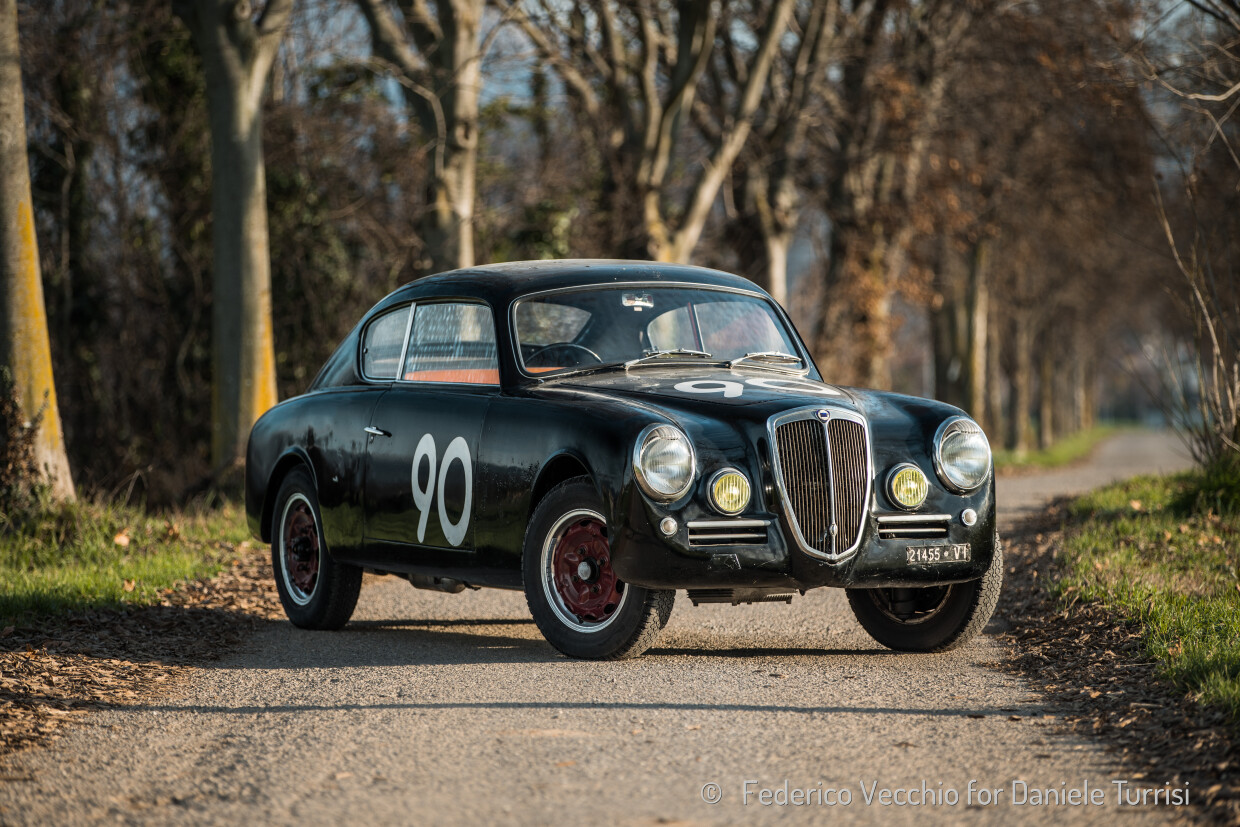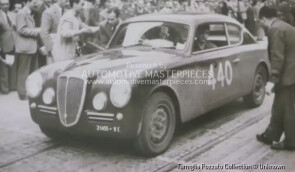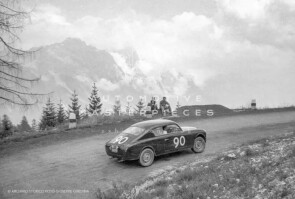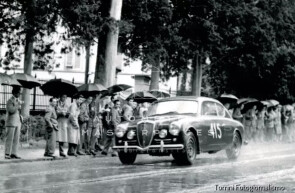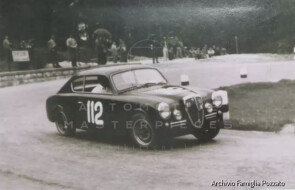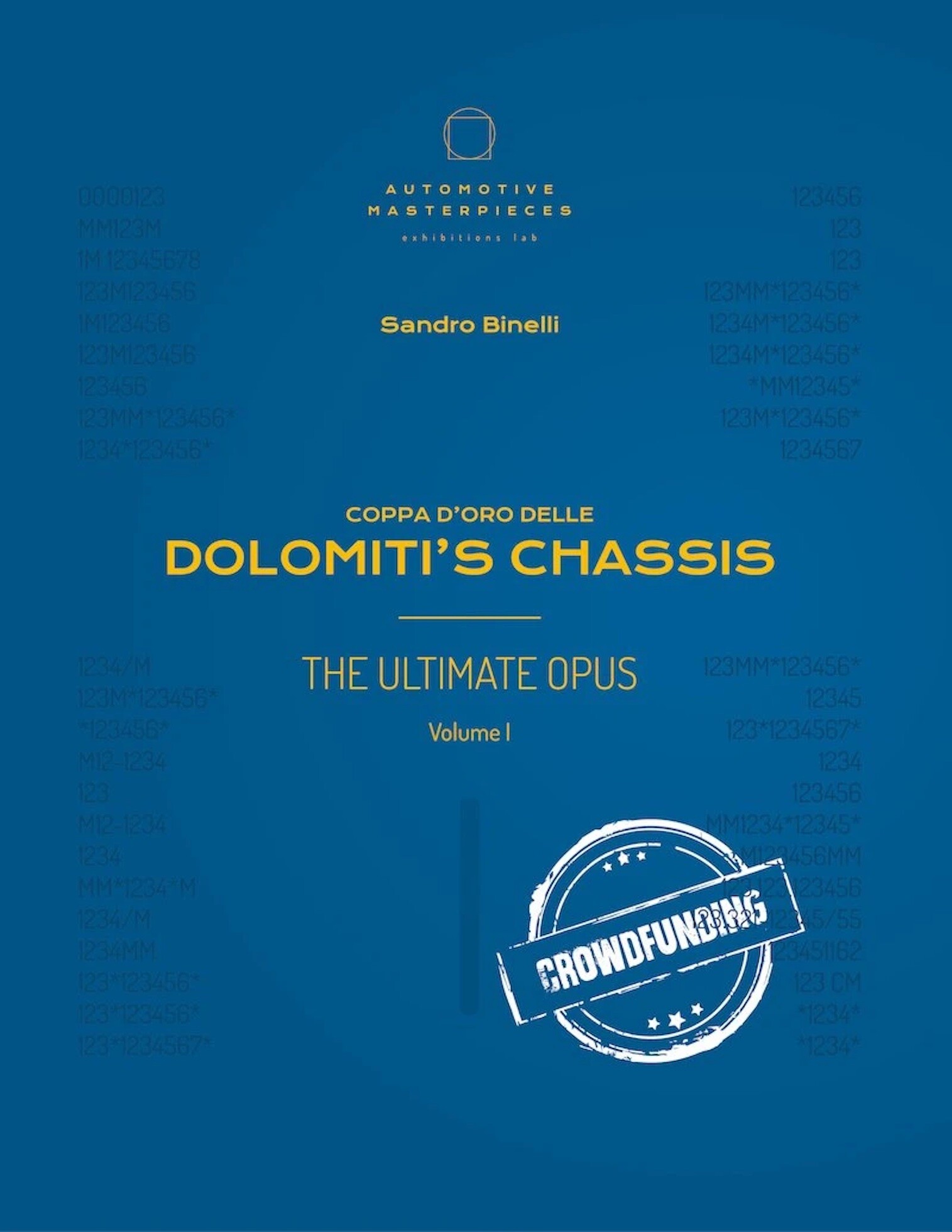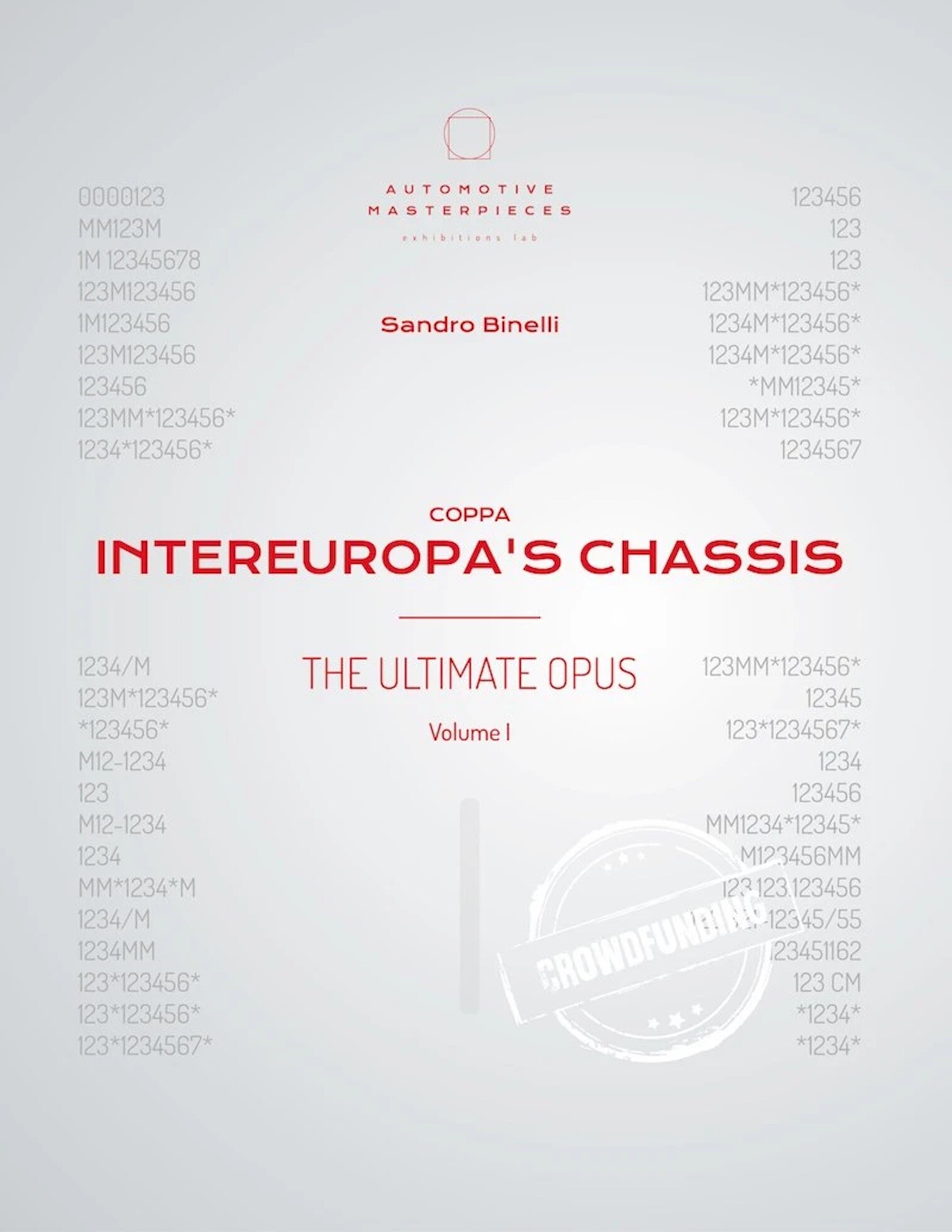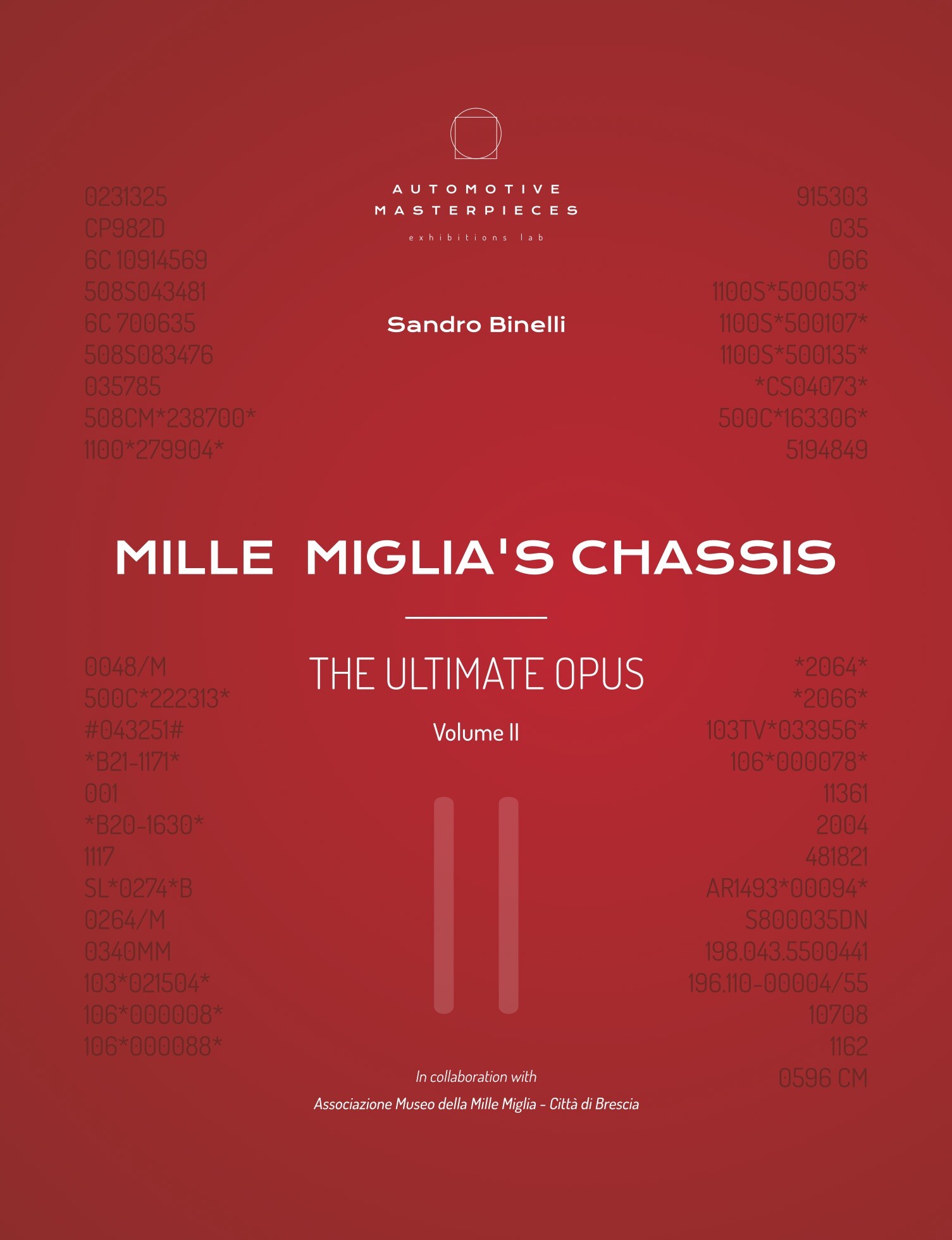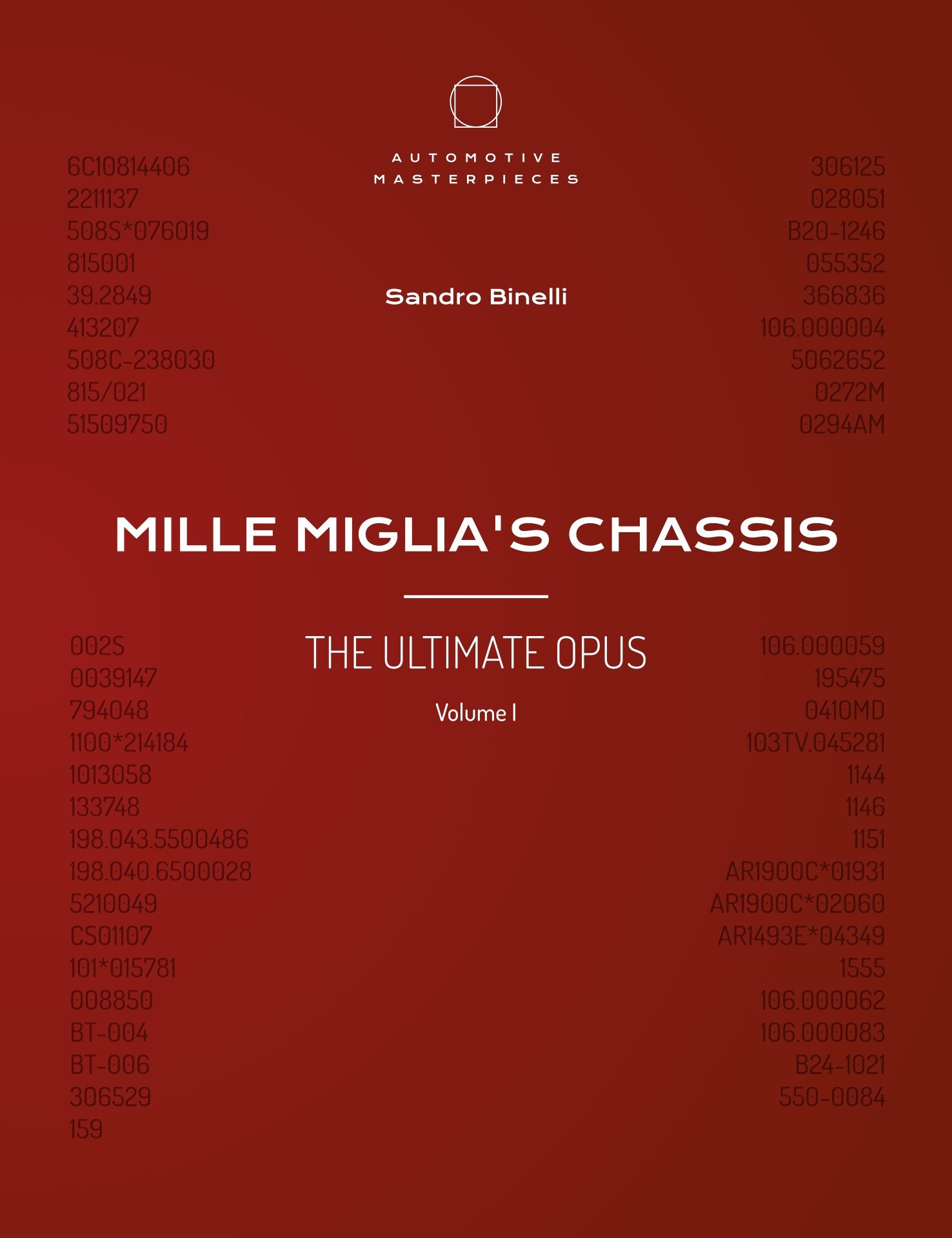
1951 Lancia Aurelia B20
ON/OFF
Why am I an Automotive Masterpiece?
The post-war period brought a desire, or rather a hunger, for renewal. Everything that suggested the past, before the war, needed to be forgotten or overcome. Cars became the primary symbol of this renewal, both in practice and in dreams. From its very first appearance, the Lancia Aurelia made a sensation, not only because, together with its contemporary Fiat 1400, it represented the first truly new "Italian" automotive product of the post-war period, but also for its technical innovations. Lancia’s revolutionary first post-war car, designed by Vittorio Jano, was introduced in 1950. It featured the first production V6 engine—a 60° design developed by Francesco de Virgilio—combined with a balanced transaxle gearbox and inboard rear brakes, all of which were groundbreaking innovations in post-war Europe. Developed in various versions, the B20 coupe was its pinnacle. The Aurelia Gran Turismo was introduced in 1951 as a coupé evolution (B20 type) of the B10 saloon with an engine that, finally, was introduced with a displacement at the class limit. This was the result of a new company-wide policy imposed by Gianni Lancia, who had taken over from his mother in 1947. The Aurelia engine had been increased to 1,991 cc in 1951 and, in its uprated form, was fitted into the B20. Lighter and with a higher gear ratio than the saloon, the B20 was capable of exceeding 160 km/h. Introduced in 1953, the 3rd and subsequent series B20s were powered by a 2,451 cc, 118 hp version of the pushrod V6. The design, created by Mario Felice Boano and refined and built by Pinin Farina, became an instant classic due to its smooth, clean lines and competition prowess. The car was immediately entered for the 1951 Mille Miglia, with three "private" examples, out of the four that were registered in the names of their drivers, finishing in the top seven overall and taking the first three places in class. Bracco-Maglioli finished second, beaten only by Villoresi’s Ferrari, which had over twice the displacement of the Lancia. Bracco, partnered by Lurani, later drove his car from Italy to France and finished 12th overall in the Le Mans 24 Hours. Lancia prepared seven "Corsa" versions of the car for 1952, six of which were entered by privateers. These cars secured 2nd, 3rd, and 4th overall in the Giro di Sicilia, finished 3rd, 5th, 6th, and 8th overall at the Mille Miglia, secured 1st, 2nd, and 3rd at the Targa Florio, placed 4th, 6th, 8th, and 9th in the Coppa d'Oro delle Dolomiti, and, when equipped with a supercharger, took 4th at the Carrera Panamericana.
Chassis B20-1246 (original engine number B20-1255) is a first series and was bought by the gentleman driver Antonio Pozzato. It ran the 1952 Mille Miglia #440 (Pozzato/Pozzato), 1953 Mille Miglia #521 (Pozzato/Rossi), 1954 Mille Miglia #415 (Pozzato/Rossi), 1955 Mille Miglia #616 (Pozzato), four Coppa d'Oro delle Dolomiti between 1952 to 1955 and other races during the 1950s. It was part of Luigi Compiano's impressive collection, later sold in the famous "2000 Ruote" auction.
